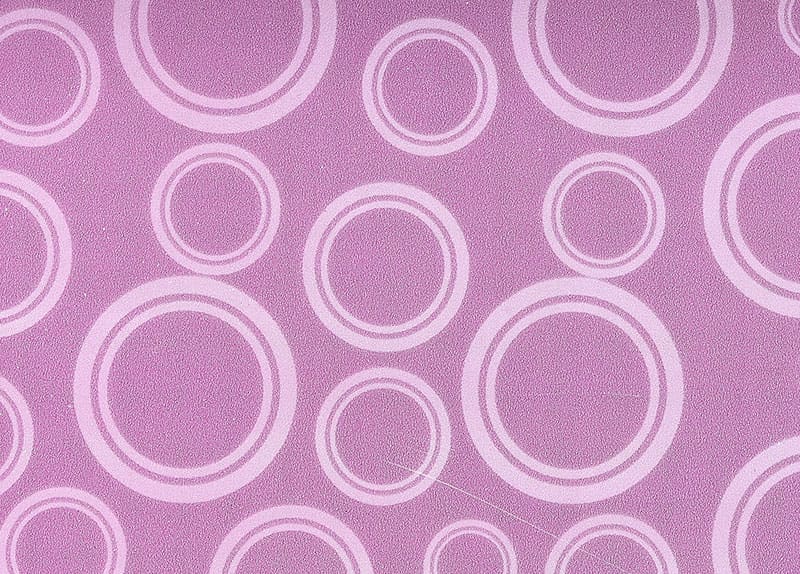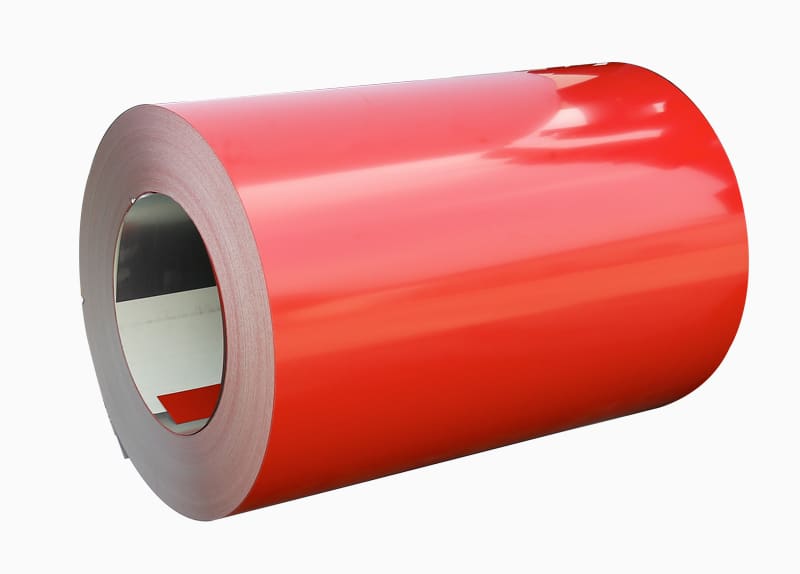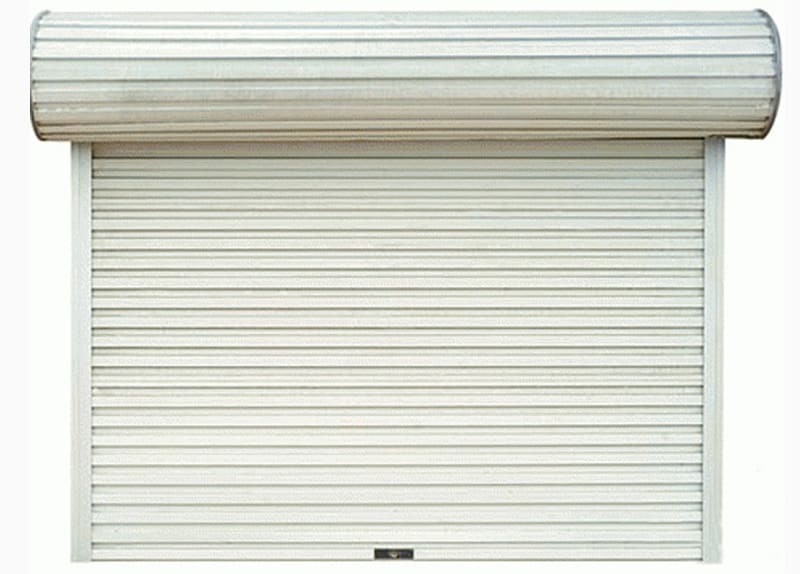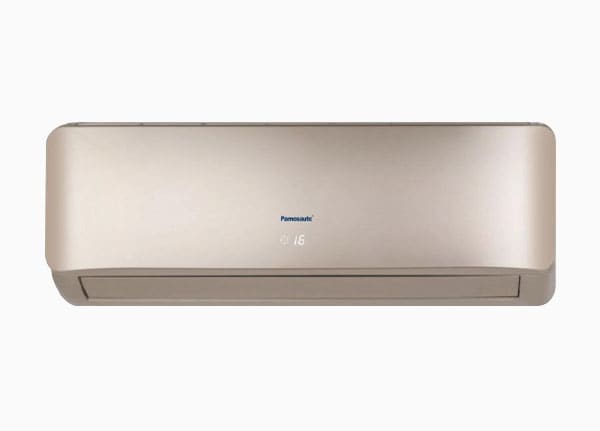Summary: A printed PPGI coil (Pre-Painted Galvanized Iron) is a sophisticated engineered material widely used in construction, wh...
A printed PPGI coil (Pre-Painted Galvanized Iron) is a sophisticated engineered material widely used in construction, white goods, and various industrial applications due to its excellent durability, corrosion resistance, and aesthetic appeal. The material’s robust performance is a direct result of its carefully constructed, multi-layered structure. Starting from the base metal, each successive layer is applied to fulfill a specific, crucial function.
1. Base Metal Substrate
The foundation of the printed PPGI coil is the base metal substrate.
- Composition: This is typically Galvanized Iron (GI), meaning a steel sheet that has been hot-dip galvanized. The steel provides the necessary mechanical strength and formability.
- Function: It bears the mechanical load and gives the coil its fundamental shape and strength. The zinc coating (galvanizing) on the steel is the first line of defense, providing sacrificial protection against corrosion. This means the zinc corrodes preferentially to the steel, protecting the integrity of the underlying base metal even if the coating is scratched.
2. Pre-treatment (Chemical Conversion Layer)
Directly over the galvanized layer, a pre-treatment layer is applied.
- Composition: This is a very thin chemical conversion coating, often based on chromates (though increasingly on chrome-free alternatives like zirconium or titanium) or phosphates.
- Function: This layer is critical for adhesion and corrosion resistance. It chemically prepares the smooth, somewhat inert zinc surface to accept the primer paint. Without it, the paint layers would easily delaminate (peel off). It also seals microscopic pores in the zinc, significantly boosting the overall corrosion performance.
3. Primer Coat
The next layer applied is the primer coat (or base coat).
- Composition: This is a specialized paint, often an epoxy, polyurethane, or acrylic formulation, designed for excellent adhesion to both the pre-treatment layer and the subsequent topcoat.
- Function: The primary function is to maximize adhesion between the substrate and the topcoat, preventing separation under harsh conditions like thermal cycling or bending. It also contributes substantially to corrosion inhibition, acting as a barrier and containing corrosion-inhibiting pigments.

4. Top/Finish Coat (Printed Layer)
The outermost and most visible layer is the top/finish coat, which incorporates the “printed” aspect of the printed PPGI coil.
- Composition: This is a high-performance polymer paint, such as Super Durable Polyester (SDP), Polyvinylidene Fluoride (PVDF/Kynar), or Polyurethane. It contains the required color pigments and resins. For printed coils, a pattern (like wood grain, stone, or a custom design) is applied using techniques like roller-coating or printing processes like offset gravure or digital printing, often involving multiple passes to achieve depth and fidelity.
- Function: This layer is multi-functional:
- Aesthetics and Color: It provides the final color, gloss, and printed pattern that dictates the product’s appearance.
- Protection: It serves as the primary UV radiation blocker, preventing degradation of the lower layers and chalking of the surface. It provides the bulk of the abrasion and weather resistance and the final barrier against moisture and environmental pollutants.
Summary of Structure and Function
| Layer |
Typical Composition/Material |
Primary Function |
| 4. Top/Finish Coat |
Polyester (PE), SMP, HDP, PVDF/Printing Ink |
Aesthetics, UV Protection, Weather Resistance |
| 3. Primer Coat |
Epoxy, Polyurethane, or Acrylic |
Maximize Adhesion, Secondary Corrosion Resistance |
| 2. Pre-treatment |
Chrome/Chrome-free Chemical Conversion |
Enhance Adhesion, Corrosion Sealing |
| 1. Base Metal Substrate |
Hot-Dip Galvanized Steel (GI) |
Mechanical Strength, Sacrificial Corrosion Protection |
This precise sequence of application ensures that the final printed PPGI coil is not only visually appealing but also a highly durable and long-lasting material capable of withstanding demanding service environments.






